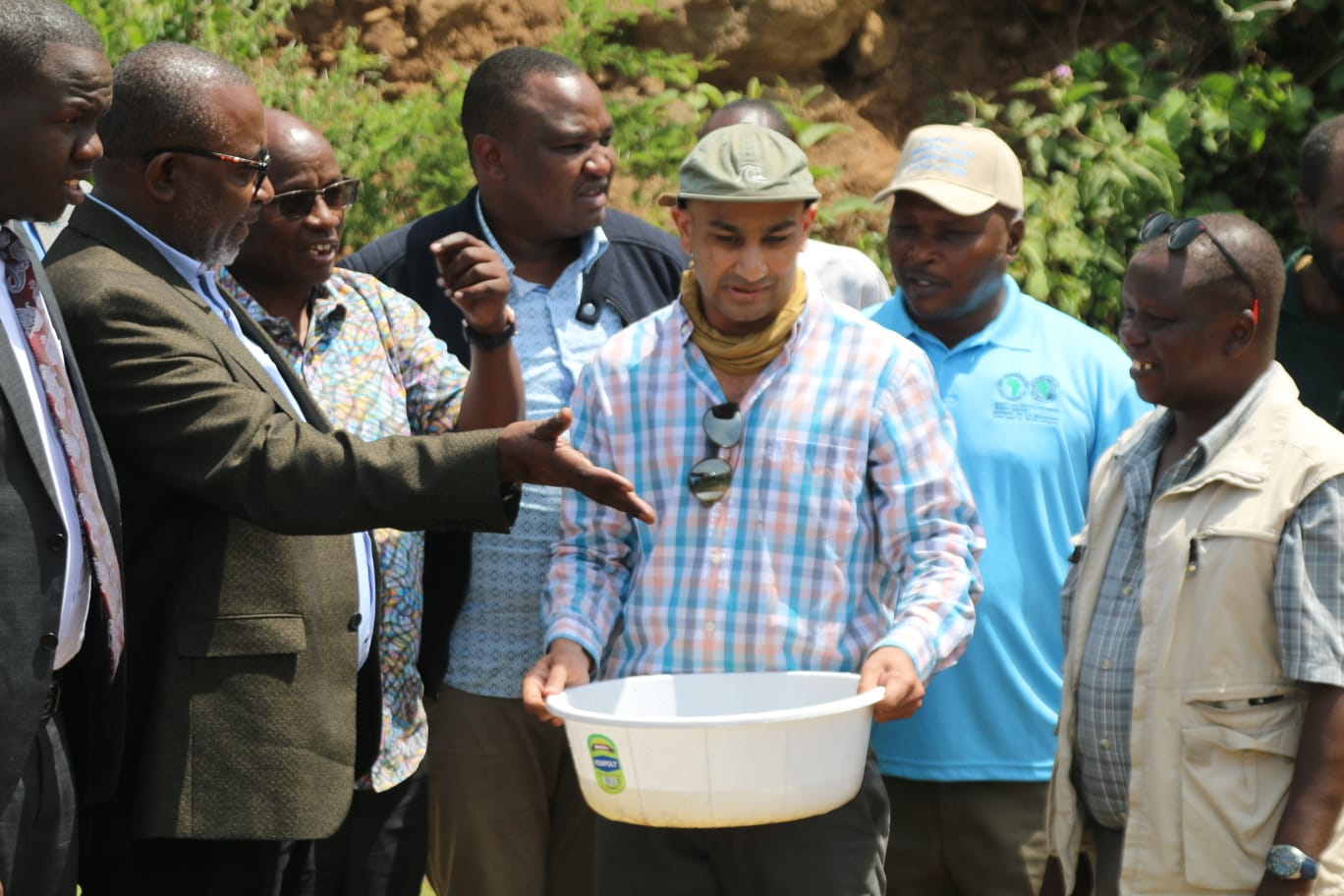Tanzania to Elevate Pyrethrum Production
Dodoma, Tanzania – In an ambitious effort to revitalize the Pyrethrum industry, Tanzania has set its sights on enhancing Pyrethrumon cultivation, a crucial cotton variety, as part of its broader agricultural development strategy. Deputy Minister of Agriculture, Hon. David Silinde, highlighted the government’s commitment during a parliamentary session in Dodoma on February 15, 2024. This initiative not only aims to increase Pyrethrum production but also seeks to improve the livelihoods of farmers and strengthen the country’s economy.
The government’s strategic plan for the fiscal year 2021/2022 includes an allocation of TZS 200 million to the Agricultural Research Institute (TARI) specifically for the development of high-quality pareto seeds. This investment underscores Tanzania’s dedication to agricultural research and innovation, particularly in the cultivation of cotton, a crop that plays a pivotal role in the nation’s agricultural sector.
Hon. Silinde announced the production and distribution of approximately 1,400 kilograms of these enhanced Pyrethrum seeds to farmers for the 2023/2024 planting season. The targeted planting area of 5,600 hectares is expected to yield an estimated 2,240 tons Pyrethrum, signifying a significant step towards achieving higher production levels and better quality cotton.
In response to inquiries about the government’s strategies for pareto development, posed by Hon. Rose Tweve, a Special Seats Member of Parliament, Deputy Minister Silinde elaborated on the inclusion of pareto in the “Build a Better Tomorrow” (BBT) youth program. This strategic move is aimed at bolstering production, particularly in the Mafinga District, and is part of a comprehensive approach to enhance the crop’s yield and quality. The BBT program is designed to engage young farmers in the agricultural sector, providing them with the necessary skills and resources to contribute effectively to the growth of the cotton industry.
The focus on Pyrethrum is part of Tanzania’s broader agricultural policy, which seeks to diversify crops, improve food security, and increase export revenues. Cotton farming is a vital component of Tanzania’s economy, providing income for millions of households and contributing significantly to the country’s gross domestic product. By investing in research and development, supporting farmers with quality seeds, and implementing youth engagement programs, Tanzania aims to restore its position as a leading cotton producer in Africa.
The government’s efforts to enhance Pyrethrum cultivation are expected to have far-reaching impacts, including increased employment opportunities, higher incomes for farmers, and greater sustainability in the agricultural sector. As Tanzania continues to invest in its agricultural infrastructure and innovation, the future of cotton farming in the country looks promising, with pareto leading the way towards a more productive and prosperous agricultural landscape.
In the lush highlands of Tanzania, a revolution in agricultural and pest control practices began quietly in 1931 with the introduction of Pyrethrum. This commercial crop, characterized by its vibrant flowers and potent natural insecticide known as Pyrethrins, has not only reshaped the landscape of Tanzanian agriculture but also positioned itself as a key player in the global fight against pests in an environmentally sustainable manner.
A Legacy Born in the Highlands
The choice of Tanzania as the cradle for Pyrethrum cultivation was no accident. The country’s highlands offered the perfect climate and soil conditions for the crop to flourish. Over the decades, Tanzania has become synonymous with high-quality Pyrethrum, producing flowers rich in Pyrethrins, a compound that has become the backbone of natural pest control methods worldwide.
The Power of Pyrethrins
Pyrethrum’s claim to fame lies in its flowers, which contain Pyrethrins, a natural insecticide that boasts several remarkable properties. Firstly, its ability to kill insects swiftly upon detection is unparalleled. Unlike conventional insecticides that may take time to affect pests, Pyrethrins work almost instantaneously, making it a preferred choice in situations where immediate pest control is necessary.
What sets Pyrethrins apart from industrially manufactured insecticides is not just its efficacy but its mode of action. It targets insects in a unique manner, disrupting their nervous systems upon contact or ingestion without posing harm to humans and other non-target species. This selective toxicity is a boon, particularly in agricultural settings where the safety of the crop and the consumer is paramount.
Moreover, Pyrethrum’s environmental credentials are impeccable. It biodegrades quickly, leaving no harmful residues in the soil or water, thus ensuring that the ecological balance is maintained. Its use discourages the development of resistance among insect populations, a growing concern with synthetic insecticides that force farmers into a costly and harmful cycle of increased application and potency.
Diverse Applications: Beyond Pest Control
The applications of Pyrethrum extend far beyond the fields of Tanzania. Its insecticidal properties have been harnessed in a variety of products worldwide. Pharmaceutical companies incorporate Pyrethrins in medications, leveraging its safety profile to develop treatments that are both effective and non-toxic to humans.
Additionally, Pyrethrum powder is used as a natural preservative for grains. In countries plagued by post-harvest losses due to insect infestations, Pyrethrum offers a sustainable solution. By treating stored grains like corn and beans with Pyrethrum powder, farmers can significantly reduce losses without resorting to synthetic chemicals that may pose health risks or diminish the quality of the produce.
The Future of Pyrethrum
The journey of Pyrethrum from a humble crop in the Tanzanian highlands to a globally recognized green solution for pest control exemplifies the potential of natural resources when harnessed responsibly. As the world grapples with the dual challenges of ensuring food security and environmental sustainability, Pyrethrum stands out as a beacon of hope.
Ongoing research and development efforts aim to enhance the efficacy of Pyrethrins and expand their applications. From protecting homes and gardens to safeguarding crops and preserving public health, Pyrethrum’s role continues to evolve, promising a future where pest control is safe, effective, and in harmony with nature.
In embracing Pyrethrum, the world not only benefits from its potent pest control capabilities but also supports sustainable agricultural practices that are crucial for the well-being of our planet. The story of Pyrethrum is a testament to the power of natural solutions in addressing some of humanity’s most pressing challenges.


